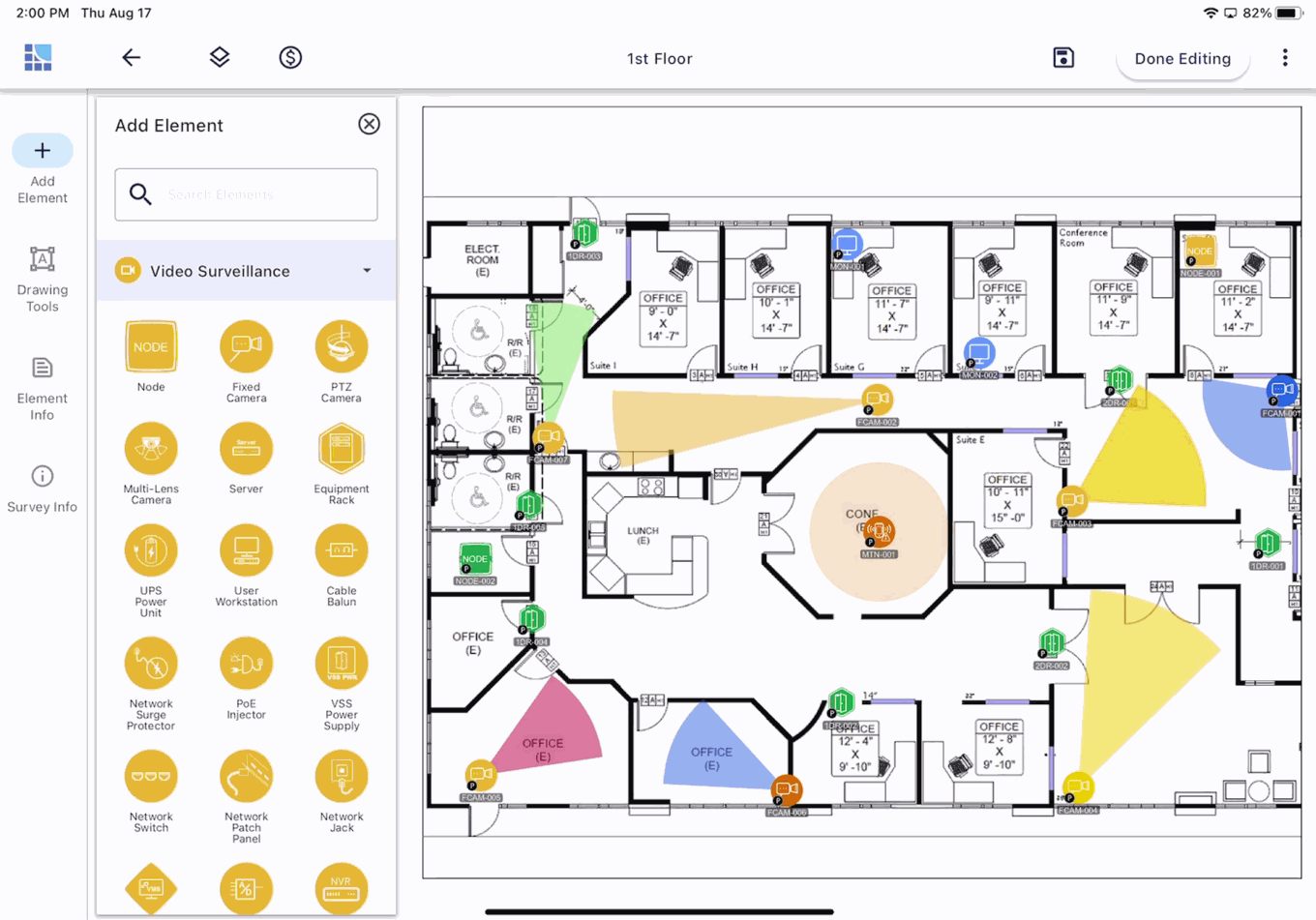IP Technology
IP Technology
Introduction to IP Technology
IP (Internet Protocol) technology refers to the set of rules and standards used to transmit data over digital networks. It forms the foundation of modern networking and communication systems, enabling devices to connect, identify each other, and exchange data over local and global networks.
IP technology is not limited to internet browsing — it’s now deeply integrated into voice communication (VoIP), video streaming, surveillance (IP CCTV), public address systems, home automation, and countless enterprise applications.
Understanding Internet Protocol (IP)
Internet Protocol is part of the TCP/IP model, the core communication framework for the internet and private networks. Each device in an IP network is assigned a unique IP address, which is used to send and receive packets of data.
There are two main versions in use:
IPv4: Uses 32-bit addresses (e.g., 192.168.1.1)
IPv6: Uses 128-bit addresses to support the growing number of devices (e.g., 2001:0db8:85a3::8a2e:0370:7334)

Core Characteristics of IP Technology
Packet-Based Communication
Data is broken into small packets and transmitted independently. Each packet may take a different route and is reassembled at the destination.
Scalability
IP networks can be scaled from a simple home network to a global enterprise system.
Device Independence
IP works across a wide range of hardware — from computers and smartphones to smart sensors and industrial machines.
Interoperability
Standardization ensures that devices from different manufacturers can communicate seamlessly on the same network.
Types of IP Networks
Private IP Networks
Used in internal business environments or home setups; IP addresses are managed locally and are not accessible from the public internet.
Public IP Networks
Used to connect devices directly to the internet; addresses are globally unique and routable.
Static IP vs Dynamic IP
Static IP: Permanent address, ideal for servers and VoIP systems.
Dynamic IP: Temporarily assigned by DHCP servers; changes over time.
Applications of IP Technology
Voice over IP (VoIP)
Enables voice communication over the internet. Used in IP phones, cloud-based PBX systems, and unified communications platforms.
IP Surveillance (CCTV)
IP cameras transmit video data over networks, offering better scalability, remote access, and high-definition imaging compared to analog systems.
IP-Based Public Address Systems
Transmit audio messages over a network. These systems are used in campuses, factories, and transportation hubs for paging and emergency alerts.
Smart Homes and IoT
Devices like thermostats, lights, and security systems use IP for integration and remote control via mobile apps or voice assistants.
Video Conferencing
Platforms like Zoom, Microsoft Teams, and Google Meet rely on IP technology for data and video packet transmission in real time.
Cloud Computing and Remote Access
IP protocols enable data exchange between cloud infrastructure and end-users, powering services like SaaS, remote desktops, and virtual networks.
Advantages of IP Technology
Cost-Effective Infrastructure: Utilizes existing network cabling (Ethernet or Wi-Fi) for multiple services.
Centralized Control: Devices can be managed, monitored, and updated from a central system.
Remote Access: Access devices and systems from anywhere via the internet.
High Flexibility: Easy to expand, reconfigure, or integrate with third-party services.
Support for Automation: Enables smart operations through APIs and automated workflows.
Security Considerations
IP technology also introduces vulnerabilities if not properly secured. Key security practices include:
Network segmentation
Firewalls and intrusion detection systems (IDS)
Encrypted protocols (HTTPS, SSL/TLS, IPsec)
VPNs for remote access
Regular firmware and software updates